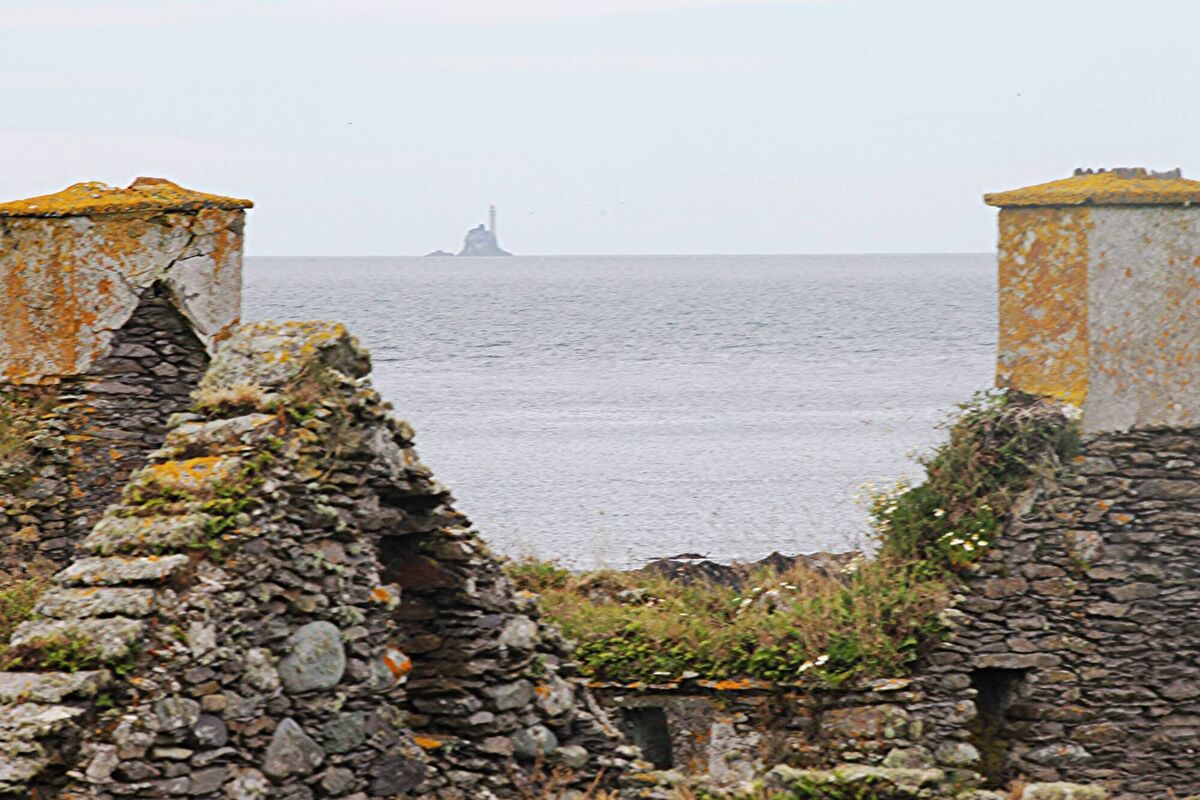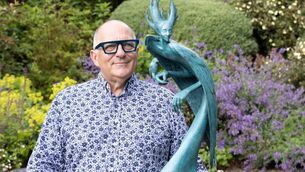Islands of Ireland: History abounds in Cork's Roaringwater Bay

Easter Calf Island, Roaringwater Bay, Co Cork. Picture: Terri Kearney
The easternmost of the Calf islands in Roaringwater Bay, West Cork, is probably the dead centre of the archipelago known as Carbery’s Hundred Isles.
Not 100 islands of course, but who’s counting; poetic licence is much more preferable to pedantry. “Let the sky be clean of officious birds punctiliously flying on the left,” as Kingsley Amis wrote in ‘Against Romanticism’. There are magnificent views to Cape Clear and Sherkin and beyond to the twinkling Fastnet lighthouse.
Nowadays nobody lives on this island known as the “Easter Calf” to locals. The only person you are likely to encounter there, if you happen to alight, might be a visiting kayaker. There is no pier, no old boreens, but there are ruins of houses.
It has two satellite islands of its own: Dooneen to the north-west and Illaunpisha to the south-east. The handful of dwellings were concentrated around a small cove on the south side of the island, facing Cape Clear, as this afforded most shelter for the islanders’ fishing boats. The east of the island has two small beaches, while the west and north are inhospitable.
An aerial image on Google Maps indicates a dozen or so large fields which are the remnants of the 19th-century occupants’ endeavours.
The dominant feature on Calf Island East is a lake. In summer, rods of purple loosestrife encircle the lake. At the edge of the lake stands a fine house where the land rises. An inscription on a plaque on a gable of the house reads: “This house was built in memory of her grandfather John O’Driscoll, 1859-1946 by his granddaughter Patricia Michalowski 1995.”
The Michalowski in question was a Polish count who had fled to England with his family from Poland at the start of the Second World War. They later moved to Ireland and purchased a period home just outside Skibbereen, at Bunalun.
(Trivia: this house featured in The Irish RM starring Peter Bowles, Bryan Murray, and Anna Manahan.)
Beside the Michalowski house is another memorial, for Patricia herself, comprising a small wooden Celtic cross and a simple inscription: “In memory of beloved Patricia”.

At 77 acres, Calf Island West outstrips the two neighbouring Calfs, 63 (Middle) and 62, (West). These were more populous than East — surprising as East is much closer to the mainland at Cunnamore, though they are equidistant from Schull. They are collectively known as Na Laonna in Irish.
Prior to the Famine, five families lived on the island, with a population of 19 people. The children attended school on Middle Calf to where they would have been rowed across every day for school. Local historian Eugene Daly writes that the island was owned by the Townsend family. The last landlord of that family, who owned the nearby Whitehall House in Aughadown, was Samuel Nugent Townsend. The family was notorious for clearing 13 families from the island to build a summer house. In 1876 they sold it to an O’Regan family. Several families of that surname lived on all of the Calf islands and the Skeams.
Eugene also mentions the success of a lending scheme by millionaire philanthropist Baroness Burdett Coutts to make £10,000 available for boat purchase. The O’Regans of East Calf were the first to repay their £400 loan and came in for singular praise from Coutts. In return, she presented the family with a “magnificent clock”.
Calf Island East possesses the ruins of an Iron Age promontory fort also to be found on many neighbouring islands including Middle Calf, Heir Island, and Castle Island.
The flora of Roaringwater Bay have for a long time attracted botanists, not least John Akeroyd. The islands reveal “a remarkable array of nationally rare Irish plant species of various diverse habitats”, writes Tony O’Mahony, who cites pale dog violet, heath dog violet, and “the exquisite spotted rock rose, the glory of the region which is present on East Calf, Long and Heir.”
- How to get there: inquire at Baltimore or Schull piers.
- Other: Heir Island: Its History and People, Eugene Daly, Heron’s Way Press. Wildflowers of Cork City and County, Tony O’Mahony,
Collins Press
CONNECT WITH US TODAY
Be the first to know the latest news and updates









